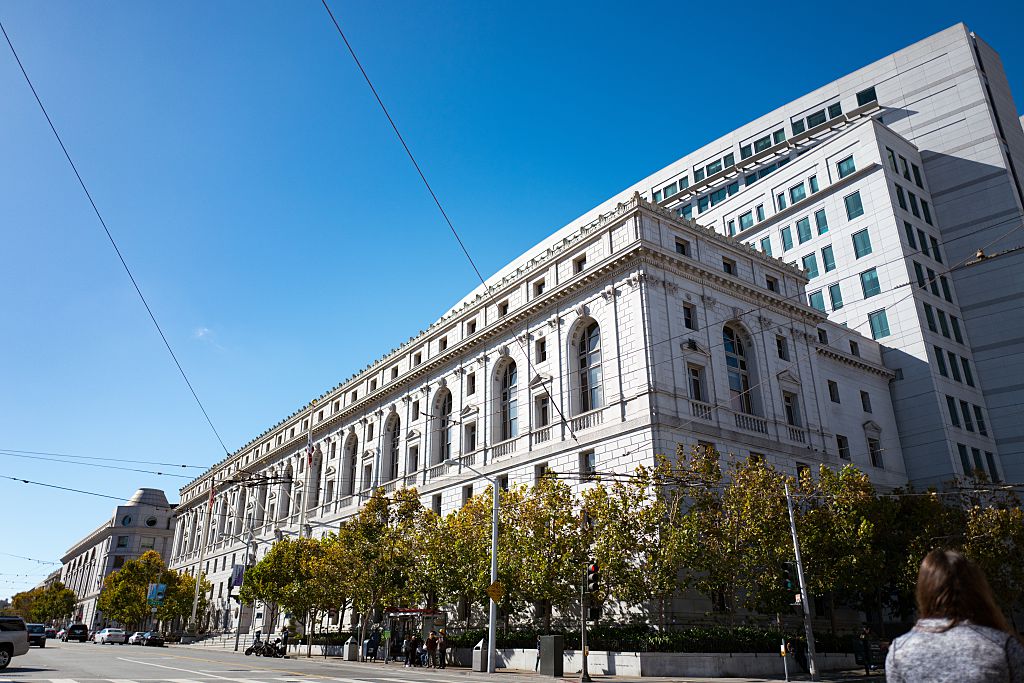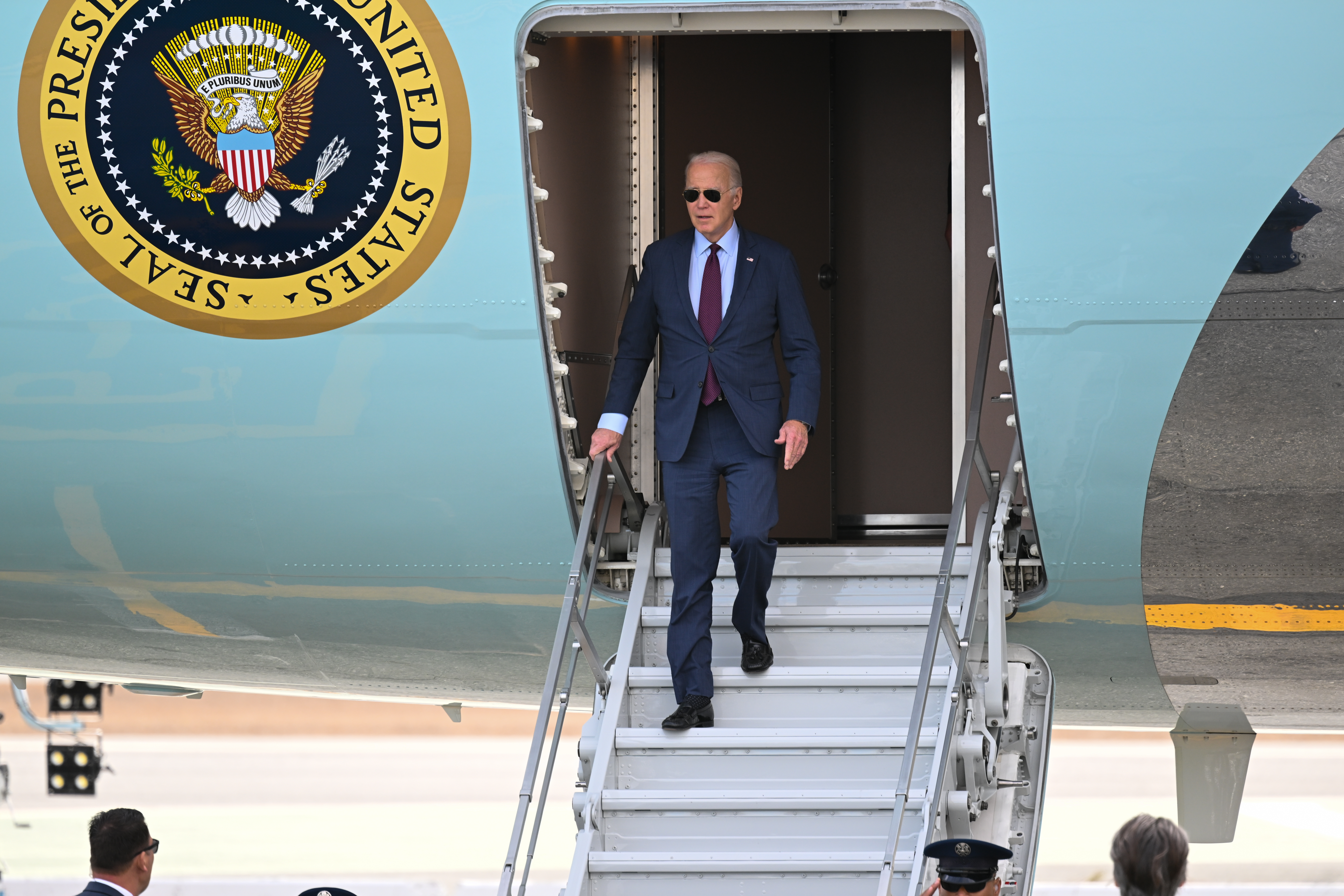Big changes are coming to San Francisco’s most heavily traveled and historic bus line – but few people know about them, according to a new survey of transit passengers.
Plans to install two separated bus-only lanes on Geary Boulevard to speed up the 38-Geary line have been in the works for years and are now advancing slowly toward reality. But of 600 riders surveyed this summer, 57 percent had not heard about the project, according to the results released earlier this month by the San Francisco Transit Riders Union, a group that advocates for Muni riders.
San Francisco County Transportation Authority planners say that the bus rapid transit project would transform the line that carries 50,000 riders a day, the most in the system, into something more like a train. With a dedicated bus lane in each direction, low-floor buses would arrive at more regular intervals to carry passengers between the quiet west side of the city and downtown. It’s scheduled to open in 2019.
The authority is paying a pretty penny for publicizing the project. A total of $270,000 is going to two big-name consulting firms – Barbary Coast Consulting, based in San Francisco, and Circlepoint in Oakland – to handle communications and outreach from 2008 through 2013, according to the transportation authority.
Christina Castro, a board member of the transit riders union, which supports the project, said she was surprised to learn that more than half the riders surveyed didn’t know about the project because it has been discussed by city planners for years. Castro said it shows that more outreach needs to be done.
“They make it sound like they've done a lot, but I don't think they’re doing enough,” Castro said.
Tilly Chang, a transit planner with the transportation authority, was skeptical of the survey results. “There’s a certain level of awareness that doesn't quite jive with the survey,” she said.
Local
Chester Fong, another planner, said that the authority has bought ads, sent mailings, hung posters, held meetings and presented information to more than 25 community groups this summer about the bus rapid transit on Geary.
“Can we reach more people?” Fong said. “Yes – and we are interested in partnering with the transit riders union.”
The survey found that the leading complaints of 38-Geary riders were overcrowding and slow buses. Although it runs more regularly than most Muni lines with buses coming every few minutes during rush hour, the 38 still has a low on-time arrival rate. The 38 local was on-time 62 percent of the time during the last half of 2011. The 38 limited was on-time 63 percent.
Castro said the transit riders union supports bus rapid transit and believes it would speed up travel along Geary. But the project has faced stiff resistance from merchants in the Richmond district who have long opposed either a rail or bus rapid transit project along Geary saying it would hurt business and take away parking spots.
The Geary line and the project each have long histories. Exactly 100 years ago, the B streetcar was unveiled as the first Muni line. It eventually ran from the Ferry Building to Ocean Beach. In 1956, it morphed into the 38-Geary bus line.
A quicker way to get from downtown to the beach has been the subject of studies for decades. At one time, it was thought that BART would go all the way to the beach underneath Geary Boulevard. BART Director James Fang raised the possibility once again during his most recent re-election campaign.
In 1989, voters approved a tax to pay for transportation projects with light rail projects slated for Third Street and Geary Boulevard at the time. But the Third Street line proved more popular.
“Because there was a lot more support from the communities in the southeast, the money went to a Third Street Line and not the Geary line,” said Peter Straus, a former Muni transit planner.
When it came time to renew the transportation tax in 2003, transit planners scaled back their ambitions and promised a bus rapid transit line, a low-cost alternative to rail that was popularized in South American cities. But they also promised that any bus project would be designed to be “rail ready” meaning that light rail running down the median of Geary Boulevard could still be built.
The transit riders union found in its survey that 40 percent wanted a light rail project, while 33 percent preferred buses.
“It’s been a long haul, but I like to point out to people that the future happens,” said Straus. “I think if you look ahead for the next 20 or 30 years traffic is likely to be worse than it is today and to the extent that we believe that’s true we should make sure that we have transit priority lanes.”
View this story on Bay Citizen
This story was produced by The Bay Citizen, a nonprofit, investigative news sources in the Bay Area and a part of the Center for Investigative Reporting. Learn more at www.baycitizen.org.



